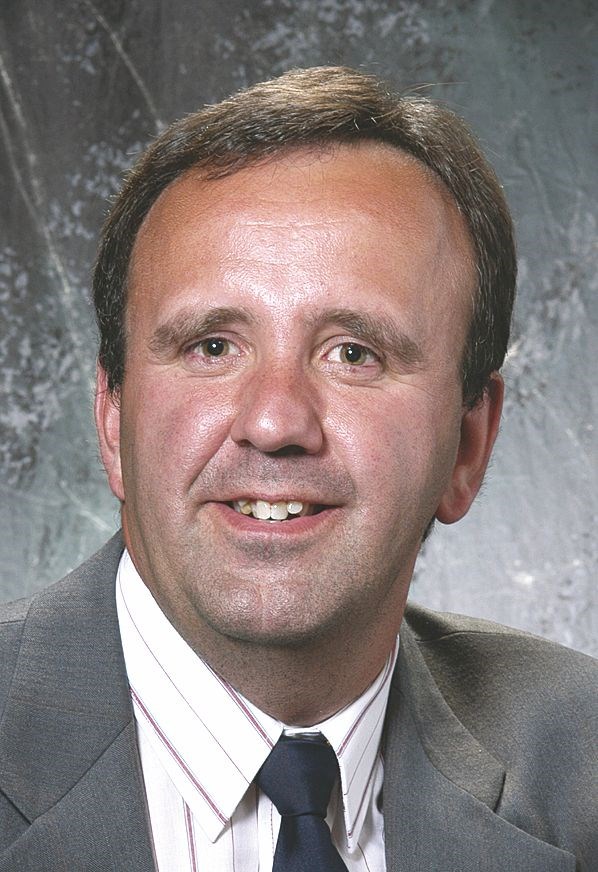They started small, but there are plans to get much bigger.
The Upper Souris Watershed Association’s wetland restoration program has revitalized nearly 85 acres of wetlands.
In conjunction with the three other watersheds, the hope is that the program can restore 200 acres per year across the province and about 60 acres per year in the USWA.
Dave Pattyson, Upper Souris Watershed Association’s watershed co-ordinator, said the projects in those first two years have ranged from as large as about 16 acres and as small as about a quarter acre.
The watershed is in the process of launching a new wetland restoration program in 2015.
This program offers financial incentives for producers who restore drained wetlands and works similarly to how the watershed ran the restoration program in previous years. A different funding formula means producers are compensated based on acres restored to the tune of $2,000 per acre, up from $1,000 per acre. The program used to pay landowners either per drainage plug or per acre, but this year the financial incentives are based only on acres.
The increase in incentives is meant to reflect an increase in land values, noted Pattyson.
The process is rather simple following a landowners application.
The USWA conducts site visits to determine what the traditional water levels in the water body would be and determine how many acres would be “inundated” as part of the restoration project.
Restoring areas to their historical norms are what the projects have been attempting to do.
Pattyson said they have had more acres than the program has been able to accommodate, leaving each project to be ranked. Only those deemed most worthy are then pursued.
Projects are ranked by Ducks Unlimited’s wildlife biologists who determine what the environmental merits of the project will be. That includes identifying the potential impacts, either negative or positive, both up and downstream.
“If somebody was going to receive an impact upstream with the potential to have flooding issues or downstream where we’re potentially pulling water out of somebody’s dugout, adversely affecting them, that would automatically disqualify the project,” said Pattyson.
One of the challenges in restoring one acre back to a historical wetland is that often other changes have been made within the water system. A planned restoration in one area doesn’t automatically mean everything in the system goes back to normal.
“We don’t want to have any negative impact on any of the producer’s neighbours,” said Pattyson.
There are further considerations when the team has to identify whether a project would affect something beyond water, like a municipal road allowance even if there is no road.
The USWA wants to avoid any such circumstances. What they’re really hoping to do is keep water on the landscape.
“That’s a positive, however some of the things that would make it an ideal project would be if it’s draining directly into a lake, a stream or any other water body, because restoring a wetland in that situation can actually have an improvement on the quality of water in the water body by acting as a natural filter,” noted Pattyson.
Projects are also ideal if they are within a waterfowl target area or if they can otherwise enhance local biodiversity.
The USWA is partnered with Ducks Unlimited Canada, which installs a ditch plug designed so that when a wetland fills to its traditional level, the water will spill around the outside of the plug, which is designed with a convex profile. That’s what allows the water to drain around the edge of what is the old drainage ditch.
Each plug is designed specifically for each project.
“One of the things Ducks Unlimited looks at in the design process is the actual drainage area into the basin so they can calculate out roughly the amount of water that would be flowing around the ditch plug,” said Pattyson.
Some plugs may designed differently to accommodate the amount of flow that may be going around the plug.
“One of the things we’ve come to experience over these couple of years of developing this program is each one of the situations we encounter is unique insofar as the size and scale of the restoration and then also there is a huge variance in the depth of the water that traditionally was in that wetland,” he added.
Draining wetlands in Saskatchewan began almost as soon as the land in the province was settled.
“It goes back quite some time, however there has been a rapid acceleration in the removal of wetlands from the landscape over the past several years,” said Pattyson, noting an “alarming” decrease began in about the 1950s. That’s when the availability of aerial images began.
While the USWA’s restoration program puts only a little back, and doesn’t operate on a large scale, Pattyson said it’s about giving producers the tools to do their part to try to make some positive changes to the landscape.
The watershed is now accepting expressions of interest for the 2015 restoration program.




